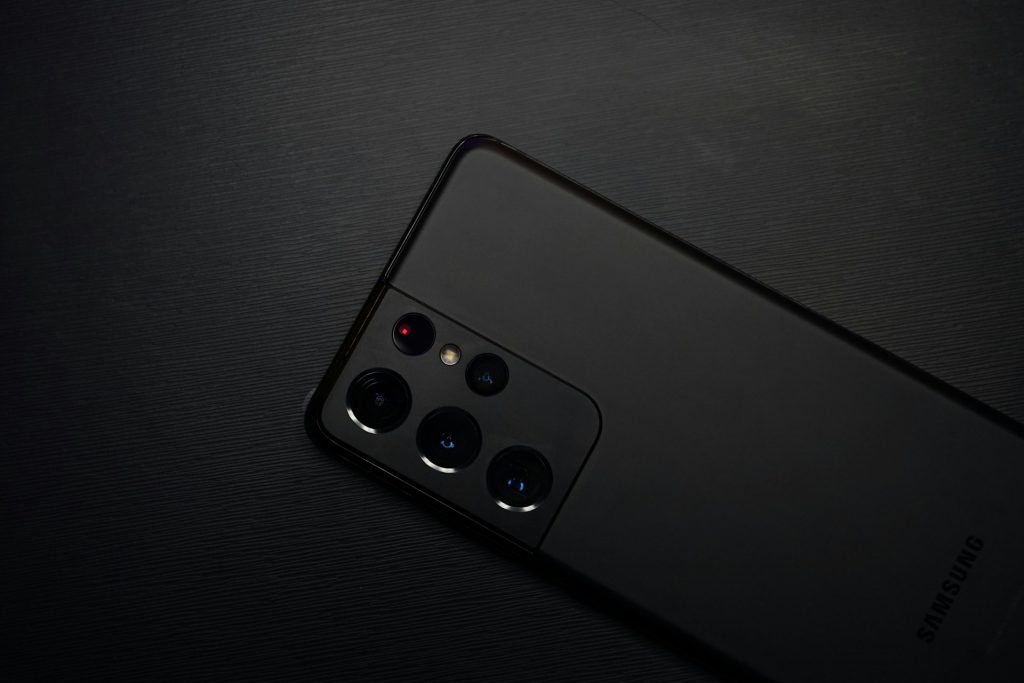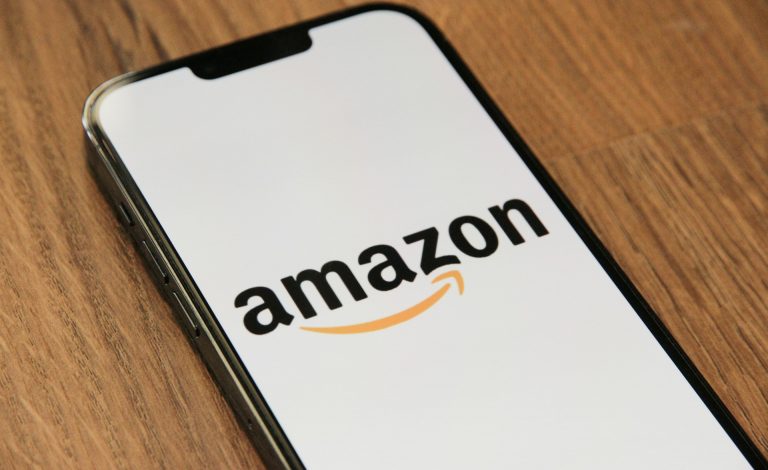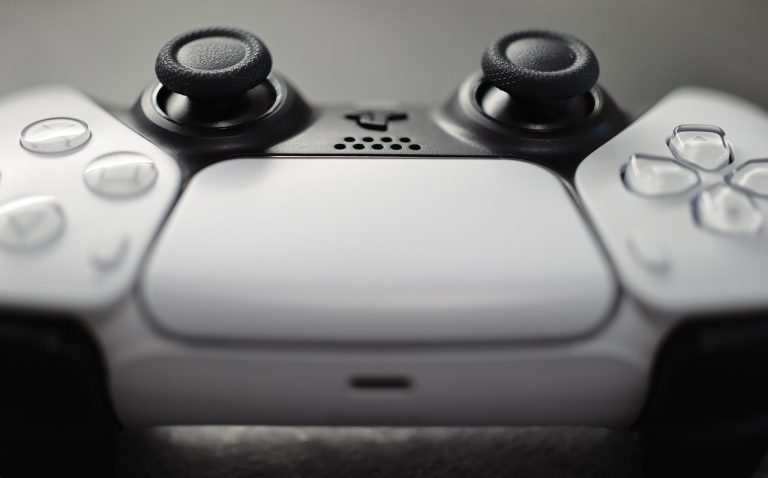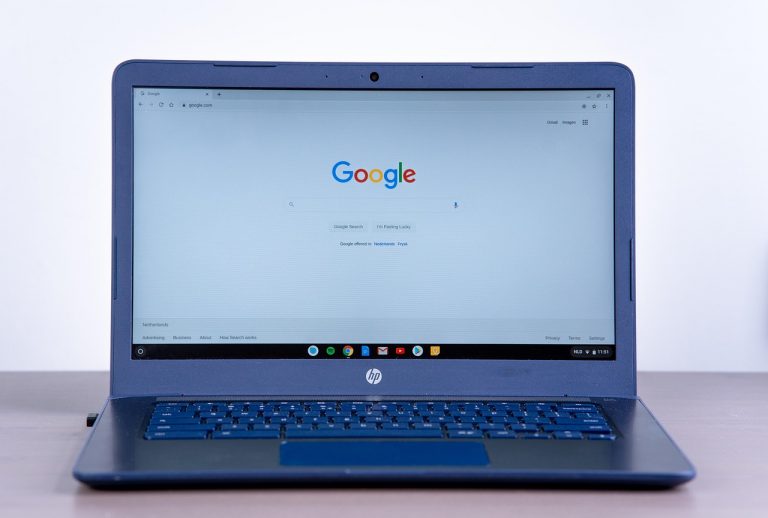
Samsung’s Galaxy S lineup has long been known for offering high-end features in sleek designs. With the Galaxy S21 launching in January 2021 and the Galaxy S23 following in February 2023, there’s a two-year gap between these two flagship models. Although they may appear similar on the surface, there are a number of key differences in hardware, design, and performance that could impact your decision if you’re comparing the two. Here’s a detailed look at how these devices stack up against each other.
Design and Build Quality
The Galaxy S21 features a plastic back with an aluminum frame, giving it a lighter feel but a less premium touch. In contrast, the Galaxy S23 upgrades the rear panel to Corning Gorilla Glass Victus 2, offering better durability and a more premium feel while still using an aluminum frame. The S21 is slightly larger and heavier, measuring 151.7 x 71.2 x 7.9 mm and weighing 171 grams, compared to the more compact and lighter S23 at 146.3 x 70.9 x 7.6 mm and 168 grams.
Both phones come with IP68 certification for dust and water resistance and offer the same physical button layout, with volume and power keys on the right side. Color options differ slightly, with the S21 offering Phantom Pink, Violet, Gray, and White, while the S23 is available in Phantom Black, Cream, Green, and Lavender.
Display Technology
The Galaxy S21 has a 6.2-inch Dynamic AMOLED display with a resolution of 2400 x 1080 pixels and a 20:9 aspect ratio. The Galaxy S23’s screen is slightly smaller at 6.1 inches and uses Super AMOLED tech, also offering Full HD+ resolution but in a 19.5:9 ratio.
Both phones support 120Hz refresh rates, providing smooth scrolling and animations. However, the S23 has the edge in brightness, boasting a peak of 1750 nits compared to the S21’s 1300 nits. Both screens are protected by Gorilla Glass Victus and support HDR content.
Performance and Software
Under the hood, the S21 runs on the Snapdragon 888 chipset built on a 5nm process, while the S23 is powered by the newer Snapdragon 8 Gen 2 processor, which is built using a more efficient 4nm process. This gives the S23 better performance and power efficiency.
While both models feature 8GB of RAM, the S23 uses LPDDR5X, which is faster than the S21’s LPDDR5. The S23 also benefits from faster storage, with UFS 4.0 versus UFS 3.0 in the S21. Neither phone supports microSD expansion.
The Galaxy S21 originally launched with Android 11 and has since been updated to Android 13 with Samsung’s One UI. The Galaxy S23 shipped with Android 13 and is expected to receive more future updates, including Android 14.
Battery Life and Charging
Battery capacity is nearly identical, with the S21 housing a 4000 mAh battery and the S23 slightly lower at 3900 mAh. Both support 25W wired charging and wireless charging, along with reverse wireless charging capabilities. Despite its smaller battery, the Galaxy S23 performed significantly better in battery life tests, offering over 15 hours of web browsing and around 8 hours of video and gaming use, compared to the S21’s 7 to 8-hour range.
Camera Setup
Both devices feature a triple rear camera setup, but their configurations differ notably. The Galaxy S21 includes a 12MP main camera, a 12MP ultra-wide lens, and a 64MP telephoto camera. The S23 shifts to a 50MP main sensor, a 12MP ultra-wide, and a 10MP telephoto lens with 3x optical zoom.
Video capabilities are strong on both, with support for 8K recording, although the S23 offers improved stabilization and clarity. On the front, the S21 has a 10MP camera, while the S23 offers a 12MP sensor with similar video capabilities at 4K 60fps.
Connectivity and Other Features
The S23 improves on wireless connectivity with Bluetooth 5.3 and Wi-Fi 6E support, while the S21 features Bluetooth 5.0 and standard Wi-Fi 6. Both models come with 5G connectivity, but the S23 supports additional bands, offering broader network compatibility.
USB-C is present on both models, although only the S21 lists USB 3.2 support. Each device also includes an array of sensors like accelerometers, gyroscopes, and barometers, and both support NFC. The S23 adds Ultra Wideband (UWB) for enhanced location tracking and smart device control.
Neither device includes a 3.5mm headphone jack, and both offer stereo speakers with Dolby Atmos support. However, the S21 goes a step further by including Dolby Digital Plus and aptX compatibility.





